Standardized Is the Antithesis of Creative
January 31, 2020
When I go out to eat at the Olive Garden, I know exactly what to expect. The menu and decor are standard and successful, and cooks there are able to follow a recipe to create the same dishes in every branch of the chain. But I wonder if Olive Garden cooks ever garner the inventive nature and deep understanding to become top chefs in diverse cooking environments. And I doubt they feel deep satisfaction in their work that goes beyond a paycheck. Our classrooms today are becoming more and more like a chain restaurant.
What drew me to teach in Mount Vernon was the creativity. This small college town is packed with artists of every variety, and the teachers reflect the ingenuity of the community. The philosophy of our administrators was to hire the right teachers and get out of their way. They understood that autonomy in the classroom allows teachers to utilize their own strengths and passions to make learning enjoyable and relevant for their students.
At MVHS, we co-teach a 10-day J-term that is true project-based learning. Some classes travel to Europe, Florida, or Central America. Some study musical theater, criminology, exercise science, or herbology and potions. Students in my class create video documentaries and podcasts. Creativity thrives because we don’t have to keep pace with anyone else, and grading is pass or fail, so students can take risks and explore without worrying about hurting their GPA. Students learn to problem solve, so they can continue on their learning journey beyond the guidance of a teacher. Choice, autonomy, and creativity are motivators for students, just as they motivate teachers.
Creativity is a struggle in many core classes today because teachers are asked to standardize their teaching. In electives only taught by one teacher, it’s much easier to take a turn directed by the inquiring minds of a classroom, but in commonly-taught courses, like Freshman English, teachers are expected to use the same texts and have the same summative assessments measuring the same skills repetitively. It is a conveyor belt education. It is an Olive Garden kitchen. And just as the Olive Garden produces cooks who aren’t chefs, we are producing students who complete reading assignments who would never proclaim “I am a reader.” We have students who complete writing assignments, yet never would say “I am a writer.” They are not finding ownership in their work.
Creative projects are no longer on the menu in many classes because projects don’t easily fit into being assessed by the standards in the gradebook, or checkpoints on a conveyor belt. In a drive to be “standardized” we often remove the creativity from students’ writing. Rubrics demand the same elements from every student and give far too much generalized feedback for them to sort through. When we assign an essay, we give a recipe of how to get there with success criteria and graphic organizers, so teachers receive 24 clones of what they would have written themselves.
Students of today are lost when posed with the concept of tackling a problem without directions. In the attempt to create an equitable playing field for all, we have stifled students’ ability to formulate their own game plan. Homework allows for struggling with concepts in a low-risk environment, but to give no credit for homework does not honor that struggle. Instead of only measuring what students know, we should also acknowledge the growth and effort in the process of learning. Without reporting on the climb to the summit, we are now exclusively celebrating the selfies on top of the mountain, even when some students parachute down to get there.
Now that formative work and timeliness “don’t count” in most standardized grading, students are ill-prepared for class discussion of assigned reading or for peer response to writing drafts because this work doesn’t appear in the gradebook. Students are not learning from their solitary struggles or their interactions with others because we are not showing them that we value the reading and writing processes as much as their ability to read and write. The benefits of reading, for example, cannot all be measured on a final summative reading assessment. Reading teaches us about ourselves and others, about resiliency and empathy, about every subject known and unknown. We need a standard that measures effort or work ethic to ensure students continue to value formative work like reading and discussion, and we need to give students the time and freedom to explore. If we can’t include a standard measuring efficacy of learning, then a points-based grading system may more effectively show that we place value in the learning process as much as the skill.
I’ve heard that the best way to fight teacher burnout is classroom autonomy. Without it, we can’t fuel our fires. We need to see the light we inspire when we ignite a student’s passion for learning which so often comes from our own light within. Holding students to a high standard can be done without standardized learning, without standardized teaching, and without standardized grading.
Let’s celebrate and share our unique characteristics as teachers, making us shine! And let our students take candles to our flames to light courses on their own paths of learning. Then, in our gradebooks, let’s find a way to celebrate the journey, not just the destination.





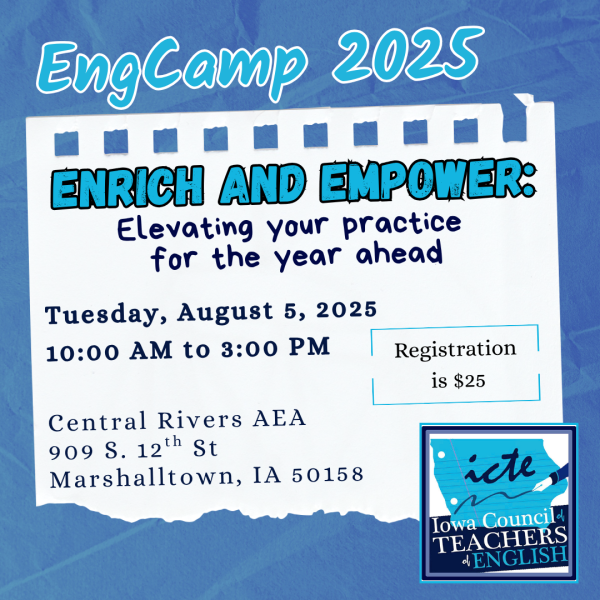
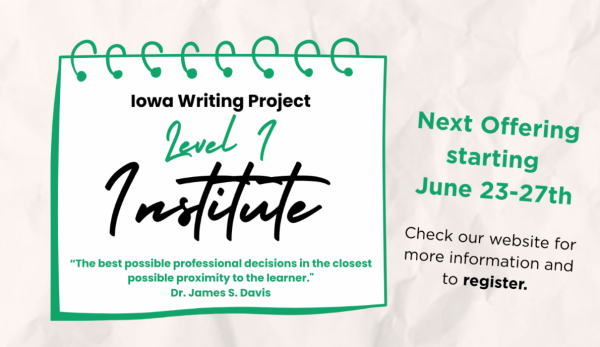
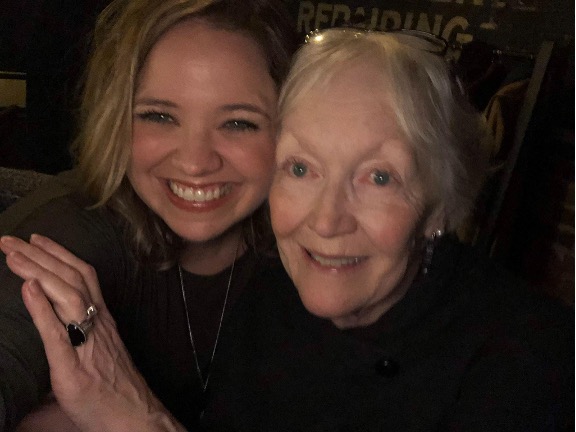

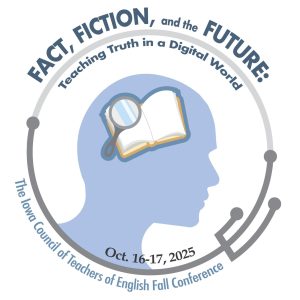
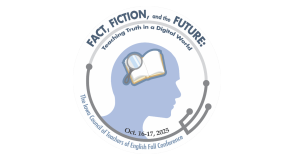

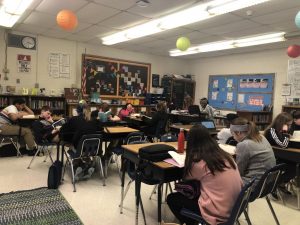
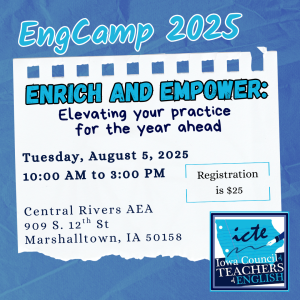
Tracy Tensen • Feb 7, 2020 at 5:10 pm
I enjoyed this, JoAnn. I like your writing style!
James Davis • Jan 31, 2020 at 10:45 am
Glad to see this evidence of your continuing growth as a professional, friend. Important matters addressed here. Good on you!